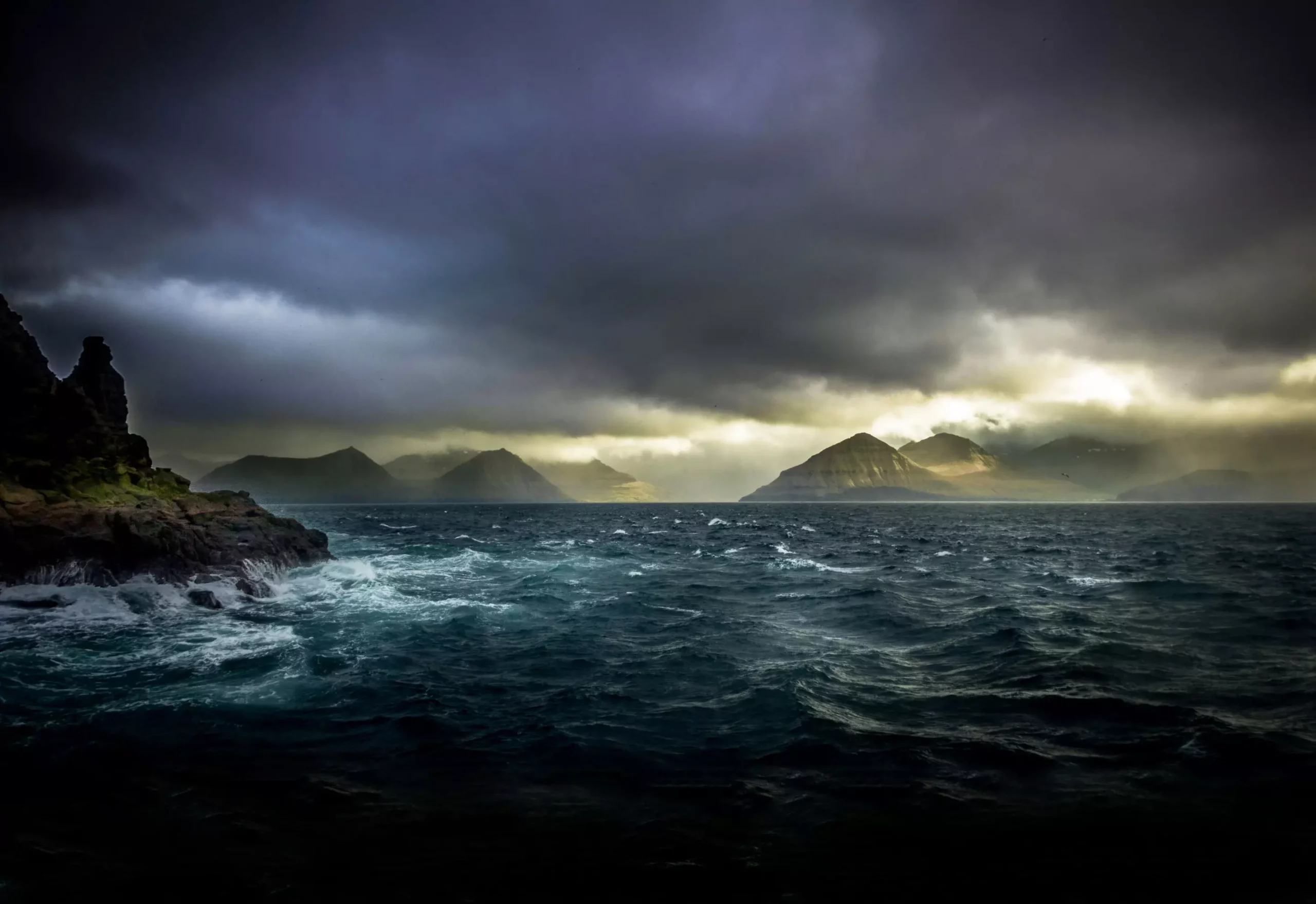Earth’s history is a vast narrative shaped by intricate interactions between its geological features and biological systems. Recent scientific research has shed light on a particularly tumultuous period—between 185 and 85 million years ago—characterized by dramatic environmental upheavals that dramatically affected marine life. This period, marked by what scientists term oceanic anoxic events (OAEs), speaks loudly about the legacy of the planet’s geological dynamics and their influence on evolution. The study, conducted by experts from the University of Southampton and several global institutions, highlights how geological forces functioned like a “tag-team” effort, ultimately resetting the planet’s ecosystems, much like a grand reset button that alters the course of marine evolution.
Oceanic anoxic events are critical moments in geological history—periods when the oceans became severely depleted of oxygen. Such events led to catastrophic biological consequences, resulting in the extinction of marine species and alterations in evolutionary trajectories. Recent research has focused on uncovering the mechanisms driving these occurrences, thereby providing newfound insights into the past and potentially foreshadowing future ecological scenarios. Tom Gernon, the lead author and a Professor of Earth Science at Southampton, emphasizes that previous knowledge of OAEs needed deeper exploration: “Understanding the geological forces that triggered OAEs is essential to comprehend their far-reaching effects on marine biodiversity.”
The complexity of these events necessitated collaboration among a diverse group of researchers, with the team investigating the connections between plate tectonics, ocean chemistry, and biological responses during the Mesozoic era—a captivating chapter often associated with the reign of dinosaurs.
The multi-institutional collaboration included notable universities from the UK, Australia, the Netherlands, Canada, and the United States. The study employed a sophisticated combination of statistical analyses and meticulous computer modeling to assess the impact of sediment weathering due to tectonic activity, particularly during the breakup of the supercontinent Gondwana. This historic tectonic reshaping catalyzed intense volcanic activity, releasing essential nutrients into marine environments while also altering ocean chemistry in profound ways.
Gernon points out a significant finding: the chemical weathering of earth materials occurring both underwater and on land was not a solitary event, but part of a synchronized cycle that affected oceanic health. By understanding this geological “tag-team,” the researchers could better correlate specific weathering instances with occurrences of OAEs recorded in geological strata.
One of the most striking revelations from the study is the duality of nutrient release. As volcanic activity elevated levels of inorganic nutrients like phosphorus, the ocean experienced a short-lived burst of life. This surge acted as a natural fertilizer, promoting marine biological activity. However, this process soon turned problematic; heightened biological productivity resulted in excessive organic matter descending to the ocean floor, where its decomposition consumed vast amounts of oxygen, leading to anoxic conditions in the water column—essentially creating “dead zones” devoid of life.
Benjamin Mills, a co-author and Professor of Earth System Evolution, elucidates further: “While nutrient influx can be regarded as a boon, it can lead to catastrophic declines in marine biodiversity, reminiscent of ecological disasters seen today.” Typical anoxic events stretched for one to two million years, leaving enduring ecological legacies that resonate even into contemporary marine sciences.
The implications of these findings stretch beyond mere historical analysis. Gernon and his colleagues draw parallels between past and present, warning of the detrimental effects of nutrient overloading stemming from human activities today. Current trends have reportedly reduced the mean oceanic oxygen levels by around two percent, paralleling the conditions that spurred historical OAEs. This alarming trend raises questions about how modern marine ecosystems may evolve—or collapse—in response to environmental stressors similar to those experienced millions of years ago.
In this context, the study underscores the importance of geological investigation as a means of preparing for potential ecological crises. The research serves as a reminder of the delicate balance maintained within marine environments, a balance easily altered by human interference.
The intricate relationship between Earth’s geophysical processes and biological systems unveils a compelling history of interdependence that has shaped marine ecosystems. By dissecting the history of oceanic anoxic events, scientists not only provide explanations for past extinction events but also illuminate threats facing modern marine biodiversity. The work conducted by the collaboration of global researchers brings to the forefront the critical understanding that geological events today hold profound implications for the future of marine ecosystems, echoing past challenges and their consequences. In their quest to understand these “tag-team” events, scientists contribute to a more comprehensive framework that bridges historical lessons and contemporary environmental stewardship, ultimately fostering a deeper appreciation for Earth’s interconnected systems.

